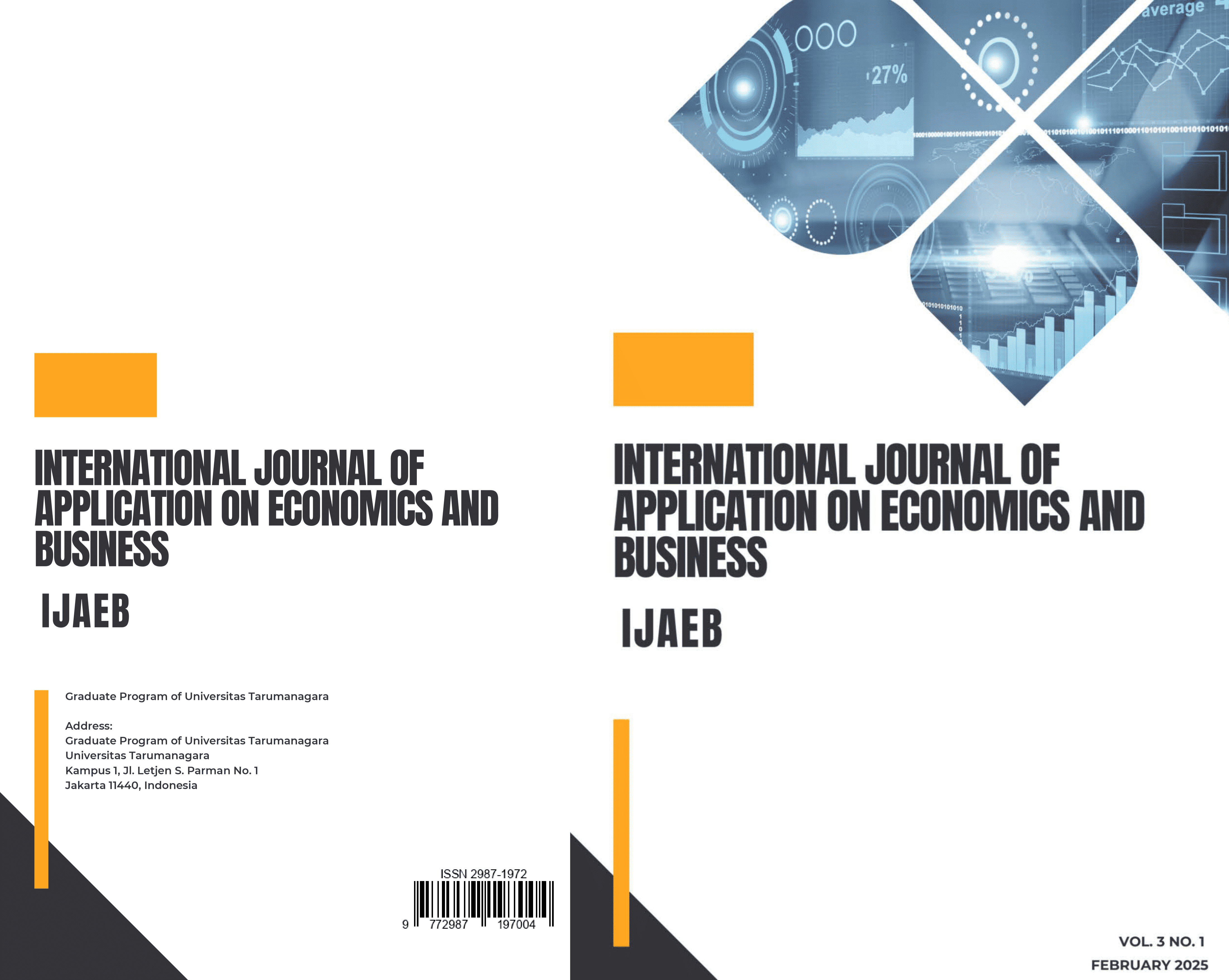THE STUDY OF LIFE INSURANCE CLAIMS APPLICATION SYSTEM-TAKING B COMPANY AS EXAMPLE
Main Article Content
Abstract
In the era of Big Data, data obtained cannot be responded to only by traditional storage devices. Relatively low-cost and flexible cloud platforms can be used to meet the demand of insufficient database capacity. This is an important part of the current enterprise's deployment of digital transformation. However, no matter how technology evolves, huge data still needs to rely on manual processing and proofreading before it can be stored in the cloud database for future re-application and sharing. A major challenge for an enterprise is whether the information technology tools configured by the enterprise can effectively store and retrieve data quickly and correctly through the cloud data sharing platform to meet its operational needs. If the enterprise can configure a set of corresponding information technology tools to increase the processing capacity of big data, it can naturally improve the internal efficiency of the enterprise, maximize its output value and gain market competitive advantage.
In order to understand whether the claims application system currently configured by life insurance companies has sufficient cloud big data processing capabilities, whether it can improve the efficiency of internal operations of the enterprise, and whether its application can meet the needs of claims adjusters, etc., this study uses task-technology fit model (TTF) is used as the theoretical basis and computer self-efficacy is introduced as a pre-factor. The questionnaire statistics "life insurance claims department personnel who have used the claims application system for more than three months" are satisfied with the currently configured information technology tools, and degree and reuse intention to explore current use issues of this technology tool. According to the research results, although there is a significant difference in the relationship between computer self-efficacy and satisfaction, only 8.4% of the explanatory power is negatively correlated. Although the explanatory power is not high and there is not much correlation with user experience, it can be seen that the usability of this system still needs to be improved; However, the results of other studies have a positive impact; However, further analysis of variance conducted by ANOVA found that individuals aged 26 to 35 were less satisfied with the claims application system than those aged 56 and above. This indicates that the claims application system tools currently configured by insurance companies have a negative impact on individuals aged 26 to 35, and the conclusion is consistent with the recent observed age group of resignations. It can be seen that unsuitable systems are also one of the factors leading to an increase in their turnover rate. It is hoped that this research result can serve as a reference for companies to improve in the future to facilitate talent retention.
Article Details

This work is licensed under a Creative Commons Attribution-NonCommercial-ShareAlike 4.0 International License.
This journal provides immediate open access to its content on the principle that making research freely available to the public supports a greater global exchange of knowledge.
IJAEB by Graduate Program of Universitas Tarumanagara is licensed under a Creative Commons Attribution-NonCommercial-ShareAlike 4.0 International License.. Permissions beyond the scope of this license may be available at https://journal.untar.ac.id/index.php/ijaeb
References
Adeyinka, T., Mutula, S. (2010). A proposed model for evaluating the success of WebCT course content management system. Computers in Human Behavior.26(6),1795-1805.
Ajzen, I. (1985). From intentions to actions: A theory of planned behavior. In Action control: From cognition to behavior (pp. 11-39). Berlin, Heidelberg: Springer Berlin Heidelberg.
Bandura, A. (1977). Self-efficacy: toward a unifying theory of behavioral change. Psychological review, 84(2), 191.
Bhattacherjee, A. (2001). Understanding information systems continuance: An expectation-confirmation model. MIS quarterly, 351-370.
Chellappa, R. (1997). Intermediaries in cloud-computing: A new computing paradigm. In INFORMS Annual Meeting. Dallas (pp. 26-29).
Compeau, D. R., & Higgins, C. A. (1995). Computer self-efficacy: Development of a measure and initial test. MIS quarterly, 189-211.
Davis, F. D. (1985). A technology acceptance model for empirically testing new end-user information systems: Theory and results (Doctoral dissertation, Massachusetts Institute of Technology)
DeLone, W. H., & McLean, E. R. (2003). DeLone and McLean model of information systems success: a ten-year update. Journal of management information systems, 19(4), 9.
Earley, P. C. (1994). Self or group? Cultural effects of training on self-efficacy and performance. Administrative science quarterly, 89-117.
Goodhue, D. L., & Thompson, R. L. (1995). Task-technology fit and individual performance. MIS quarterly, 213.
Hill, T., Smith, N. D., & Mann, M. F. (1987). Role of efficacy expectations in predicting the decision to use advanced technologies: The case of computers. Journal of applied psychology, 72(2), 307.
Hsuan-Lei Shao & Hajime Osawa. (2015). From Digital Library to Digital Humanities: Case Study of Japanese Toyo-bunko Archives. Journal of Humanities College of Liberal Arts National Chung Hsing University Issue 55 (2015/09) Pp. 101-123. (In Chinese)
https://content.teldap.tw/index/blog/?p=1672
Locke, E. A., Sirota, D., & Wolfson, A. D. (1976). An experimental case study of the successes and failures of job enrichment in a government agency. Journal of Applied Psychology, 61(6), 701.
Marakas, G. M., Yi, M. Y., & Johnson, R. D. (1998). The multilevel and multifaceted character of computer self-efficacy: Toward clarification of the construct and an integrative framework for research.I nformation systems research, 9(2), 126-163.
Taiwan Digital Archives Expansion Project, (2008).
Teng-Wei Yang (2018). Research on the Principles and Applications of Blockchain Operations. (Unpublished master's thesis). Executive MBA Program, School of Management, National Central University, Taoyuan City, Taiwan



